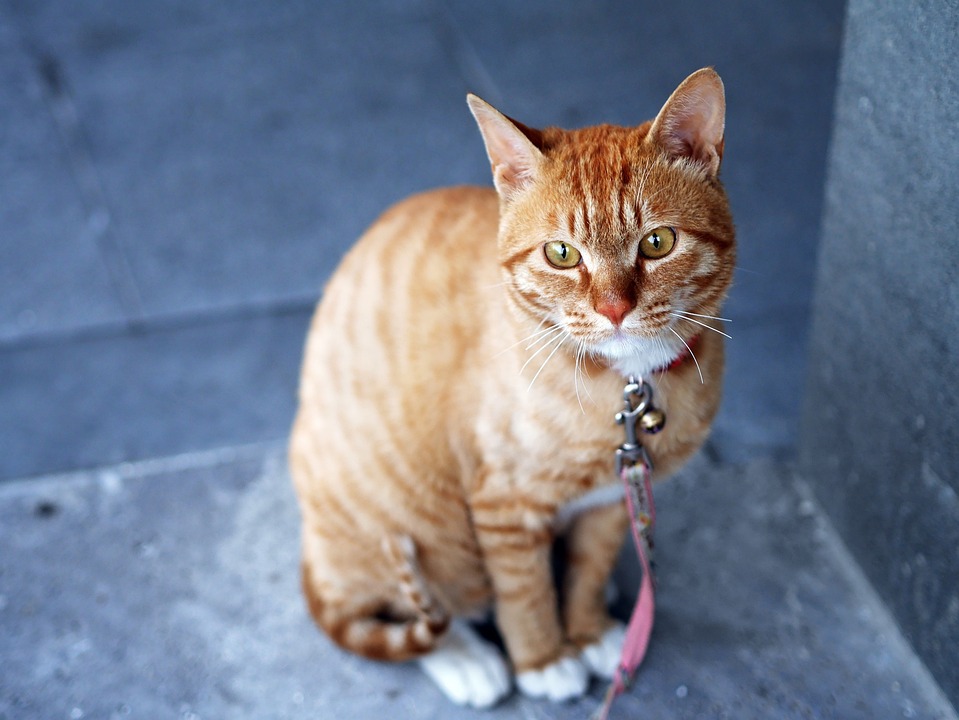Excessive paw grooming is a common behavior observed in many pets, especially cats. While grooming is a natural instinct for felines, excessive paw grooming can be a sign of underlying issues that require attention. In this article, we will delve into the causes of excessive paw grooming in pets and provide effective solutions to address this behavior. Furthermore, we will address frequently asked questions related to this topic.
Causes of Excessive Paw Grooming:
Excessive paw grooming can stem from various factors. Understanding these causes is crucial in addressing the behavior effectively. Some common causes include:
1. Allergies:
Allergies, either food-related or environmental, can lead to itchy paws, prompting excessive grooming. Identifying and eliminating the allergens is essential for resolving this issue.
2. Stress and Anxiety:
Pets, particularly cats, may resort to excessive paw grooming as a coping mechanism for stress and anxiety. Identifying and addressing the root cause of their stress is crucial in curbing this behavior.
3. Pain or Discomfort:
Underlying pain or discomfort, such as arthritis or dermatological conditions, can drive pets to groom their paws excessively. Consulting a veterinarian for a proper diagnosis is necessary for determining the appropriate treatment.
4. Boredom or Lack of Stimulation:
Pets that lack mental and physical stimulation may engage in excessive grooming as a form of entertainment. Providing appropriate toys, scratching posts, and interactive playtime can help alleviate this behavior.
Solutions to Address Excessive Paw Grooming:
Once the cause of excessive paw grooming is identified, implementing suitable solutions can effectively resolve the issue. Here are some solutions to consider:
1. Veterinary Examination:
Seeking professional advice from a veterinarian is crucial in ruling out any underlying medical conditions that may contribute to excessive paw grooming. A thorough examination can guide the treatment process.
2. Environmental Enrichment:
Creating a stimulating environment for your pet can help alleviate boredom and curb excessive paw grooming. Introduce toys, scratching posts, and interactive play sessions to keep them mentally engaged and physically active.
3. Allergy Management:
If allergies are identified as the cause, work with your veterinarian to determine the allergens and develop an appropriate treatment plan. This may involve dietary changes, medication, or environmental modifications.
4. Stress Reduction Techniques:
Implement stress reduction techniques tailored to your pet’s needs. This may include providing a safe and calming environment, using pheromone diffusers, or engaging in positive reinforcement training.
FAQs (Frequently Asked Questions):
Q1: Is excessive paw grooming a serious issue?
A1: Excessive paw grooming can be a sign of underlying issues and should not be ignored. It is essential to identify the cause and take appropriate steps to address the behavior.
Q2: Can excessive paw grooming lead to injuries?
A2: Yes, excessive paw grooming can potentially lead to injuries such as raw or bleeding paw pads, skin infections, and hair loss. Prompt intervention is necessary to prevent further complications.
Q3: Should I discourage my pet from grooming altogether?
A3: While excessive paw grooming should be addressed, it is important to note that grooming is a natural behavior for pets. The goal is to reduce excessive grooming, not eliminate it entirely.
Q4: Are there any over-the-counter products to help with excessive paw grooming?
A4: There are various over-the-counter products available, such as paw balms and sprays, designed to soothe and protect the paws. However, it is advisable to consult with a veterinarian before using any such products.
Q5: How long does it take to see improvements after implementing solutions?
A5: The timeline for improvement varies based on the underlying cause and the effectiveness of the solutions implemented. It is important to be patient and consistent in addressing the behavior.
Conclusion:
Excessive paw grooming in pets can be a concern, but with proper understanding and appropriate solutions, it can be effectively managed. Identifying the cause, seeking veterinary advice, and implementing environmental enrichment and stress reduction techniques are key to addressing this behavior. By taking the necessary steps, you can help your pet lead a happier and healthier life.








